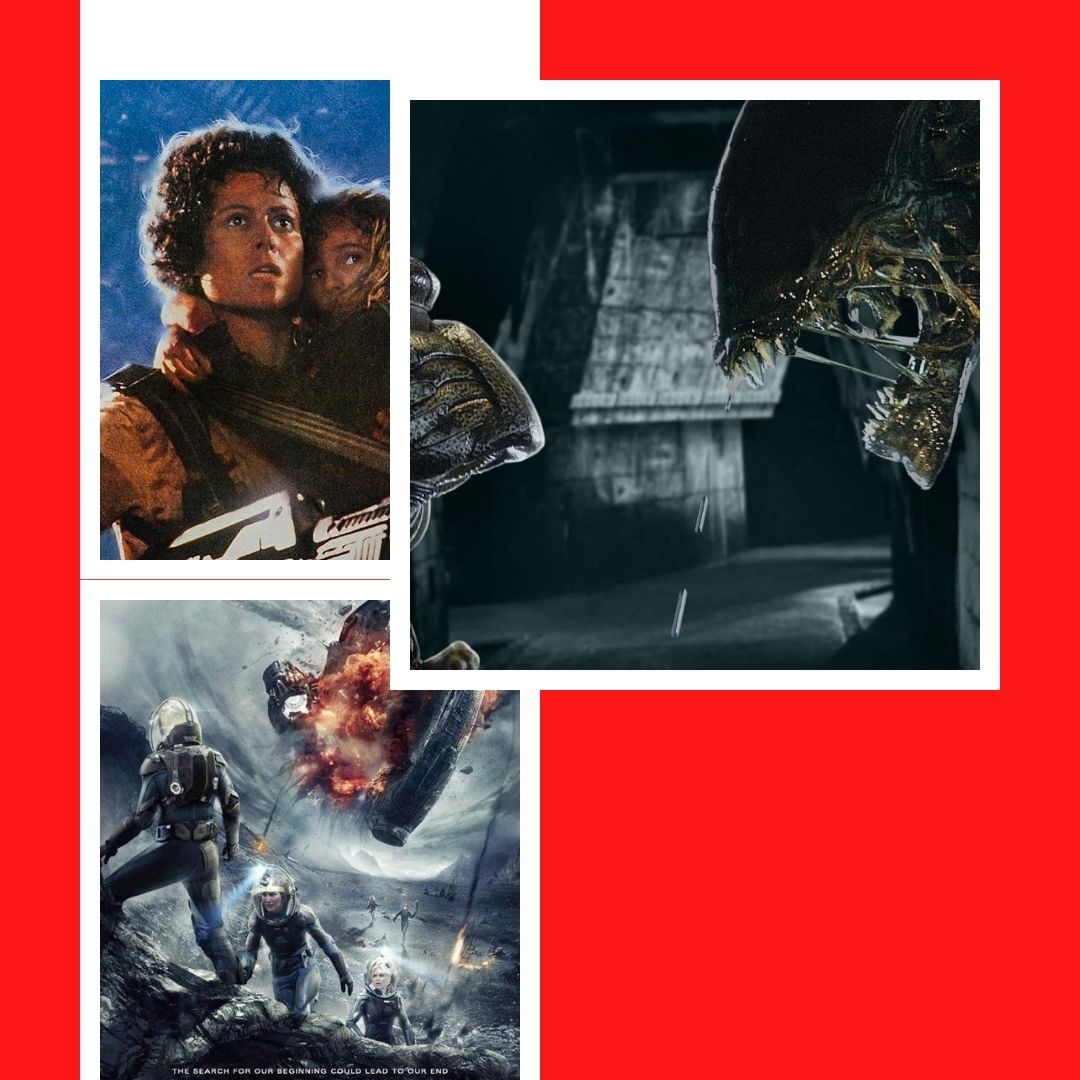
What even is a “Ghostbusters” film?
While watching Gil Kenan’s “Ghostbusters: Frozen Empire,” one question loomed large in this writer’s mind: How can filmmakers satisfyingly capture the essence of a franchise that has been a cultural touchstone since 1984? Ivan Reitman’s original “Ghostbusters” film was a contagious blend of entertainment that surpassed expectations, but it’s a challenge to replicate.
The real strength of Reitman’s “Ghostbusters” lies in its cast chemistry and ability to defy genre norms: it’s scarier and funnier than expected, with innovative visual effects that elevate it to greatness.
“Ghostbusters: Frozen Empire” marks the fourth attempt to recapture that magic, each met with varying levels of scrutiny. While Kenan’s sequel taps into the joy and zaniness of the original more effectively than its Jason Reitman-directed predecessor (“Ghostbusters: Afterlife”), it still falls short in many regards.
TOP 5 THINGS ABOUT “GHOSTBUSTERS: FROZEN EMPIRE”
5. Ernie Hudson is a National Treasure
A significant part of the marketing push for “Frozen Empire” emphasizes the return of the original 1984 “Ghostbusters” cast in prominent roles. Following their cameo appearances in the 2016 Paul Feig reboot and the 2021 “Afterlife,” “Frozen Empire” aims to showcase them in lead roles.
However, this claim isn’t entirely accurate. While Dan Aykroyd features prominently (as expected), Annie Potts has minimal screen time, and Bill Murray’s presence feels fleeting, as if he shot his scenes in a single day with minimal effort. While it’s exciting to see these legends return, their performances lack depth and feel more like nostalgic cameos.
The standout exception is Ernie Hudson. Despite his character’s confusing and thematically disjointed arc, Hudson delivers a remarkable performance. He infuses his role with genuine emotion, bringing depth and gravitas to the concept of aging Ghostbusters facing their own mortality.
4. Weak Spot: Narrative Convolution
As written by director Gil Kenan and Jason Reitman (the team similarly responsible for “Afterlife”), “Ghostbusters: Frozen Empire” features what should be a pretty compelling and simple narrative: an ancient ice-fueled demon shows up in New York, Ghostbusters young and old unite to face a threat the likes of which they’ve never seen, etc.
And yet, the narrative here is so all over the place and convoluted that even that simple logline gets unnecessarily cluttered and muddied. Part of this undoubtedly stems from the size of the cast alone, as Kenan and Reitman struggle desperately to juggle all fifteen or so central characters. From the returning original Ghostbusters to the new team established in “Afterlife” to brand-new performers brought in specifically for roles in this film, the cast is bursting at the seams with talented people but has to deliberately fracture its own story in order to give them all anything to do.
This split focus leaves them with precious little time to properly set up key events in the story. My personal favorite example of this is the end of the second-act twist that’s supposed to raise the stakes and send us careening into the third act with momentum-to-spare. Instead, it has to stop the film dead in its tracks so that a character can literally look at the camera and explain what’s happening because the film failed to ever set any of it up before this moment. It’s telling instead of showing in the worst possible way, and “Ghostbusters: Frozen Empire” does this multiple times.
3. Different Stuff
I think Gil Kenan is a talented director. From “Monster House” to his Sam Raimi-produced reboot of “Poltergeist,” his films have issues, but Kenan clearly understands tone and ambiance, and these are features that really work in “Frozen Empire”‘s favor.
After “Afterlife” seemed more than content to simply be a reaction video to (and then eventual reenactment of) the original “Ghostbusters,” “Frozen Empire” does at least bring some new ideas to the table. It asks questions that tie into the franchise’s forty-year legacy and actively works to do something different from previous films, and I appreciate that.
Having said that, it does still ultimately adhere to the most basic of “Ghostbusters” structures in its broad strokes and does feature more than a fair share of eye-roll-inducing nostalgia plays. But, at least it’s an improvement from its predecessor.
2. Weak Spot: Motivations and Themes
In trying to manage its extensive cast and convoluted plot, “Ghostbusters: Frozen Empire” ends up losing any sense of motivation for its characters. Whether it’s Mckenna Grace’s lead character or the film’s villain, by the second act, characters make indecipherable choices divorced from any tangible motivations. This lack of coherent character development extends to the larger issue of arcs; even characters with ostensibly defined arcs never undergo meaningful change throughout the story. They start in one place and end up in another, but the journey lacks convincing development, resulting in a hollow ending devoid of satisfaction.
Similarly, “Frozen Empire” lacks a cohesive theme. With its sprawling narrative and multitude of characters, a unifying theme could have provided much-needed cohesion. However, the film feels like a disjointed series of events happening to different characters without a clear overarching theme to tie them together.
1. Weak Spot: What’s It Feel Like To Be A Ghost?
The standout aspect of “Ghostbusters: Frozen Empire” is the exploration of the relationship between Mckenna Grace’s character and a young female ghost named Melody, portrayed by Emily Alyn Lind. The chemistry between the two performers is excellent, and Kenan’s direction creates a genuine sense of intimacy and depth in these scenes. This storyline raises intriguing questions: What does it mean to be a ghost? How do human ghosts differ from their more spectral counterparts? What causes a ghost to linger in the realm of the living?
However, this promising narrative thread is abruptly abandoned halfway through the film in favor of convoluted plot twists. The revelation that nefarious motives drove the relationship undermines its emotional impact and leaves the audience with more questions than answers. Furthermore, the film fails to explain these developments logically, resulting in a frustrating and unsatisfying viewing experience.
RGM RATING
(D+)
At this point, I think it’s pretty clear that Reitman’s original 1984 “Ghostbusters” was lightning-in-a-bottle. It was charming, it was entertaining, it was infectious. And now, forty years and four attempted sequels later, no one has been able quite to recapture that same magic.
And that’s okay! Some ghosts deserve to be left to rest rather than being endlessly trudged up and paraded about. At a certain point, it just becomes ghoulish.





Leave a Reply